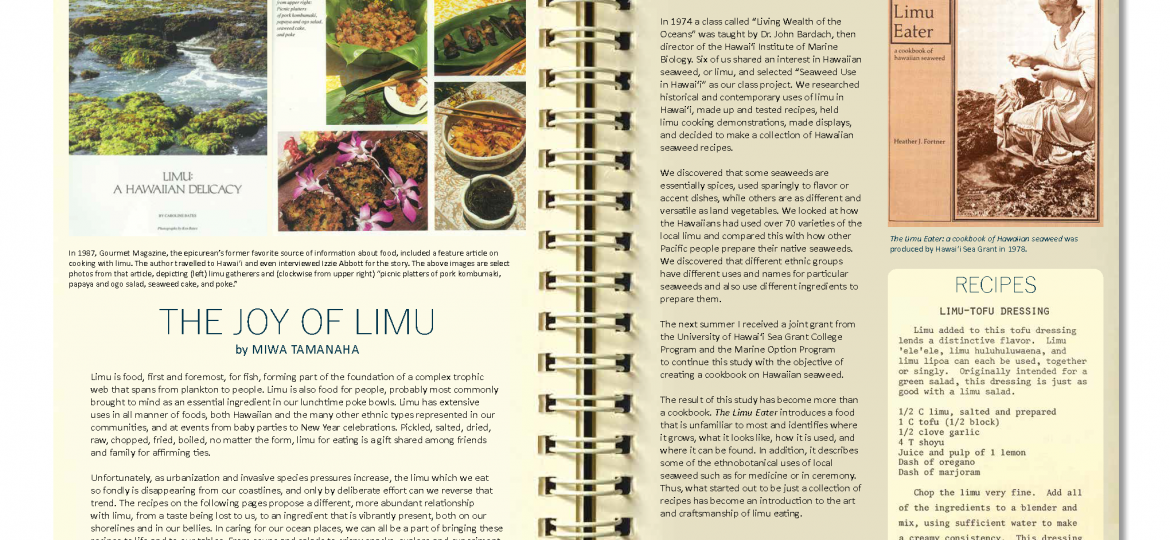Ulana ʻIke
PI: Rosanna Alegado
Invasive mangroves harm Hawaiian coastal ecosystems, choking native plants, providing footholds for invasives, and generating leaf litter mounds inedible to Hawaiian species. This study investigates whether microbial communities can evolve to tackle the detritus and examines the resilience of our coastal ecosystems to mangrove invasion.
Invasive mangroves harm Hawaiian coastal ecosystems, choking native plants, providing footholds for invasives, and generating leaf litter mounds inedible to Hawaiian species. This study investigates whether microbial communities can evolve to tackle the detritus and examines the resilience of our coastal ecosystems to mangrove invasion.
PI: Leah Bremer
Using ongoing restoration efforts at Heʻeia, Oʻahu, this research examines the ecological, economic, and cultural benefits of coastal agroforestry restoration in order to produce state-wide recommendations for prime locations to enhance biodiversity and ecosystem services of high interest to agencies, funding sources, and communities.
Using ongoing restoration efforts at Heʻeia, Oʻahu, this research examines the ecological, economic, and cultural benefits of coastal agroforestry restoration in order to produce state-wide recommendations for prime locations to enhance biodiversity and ecosystem services of high interest to agencies, funding sources, and communities.
PI: Robert Toonen
Reimplementation of traditional practices in the Heʻeia ahupuaʻa, in addition to invasive mangrove removal, has been predicted to support improvements to the coastal ecosystems of Kānoʻohe Bay. This study will examine effects on water quality and changes to coral reef health, in response to restoration efforts.
Reimplementation of traditional practices in the Heʻeia ahupuaʻa, in addition to invasive mangrove removal, has been predicted to support improvements to the coastal ecosystems of Kānoʻohe Bay. This study will examine effects on water quality and changes to coral reef health, in response to restoration efforts.


